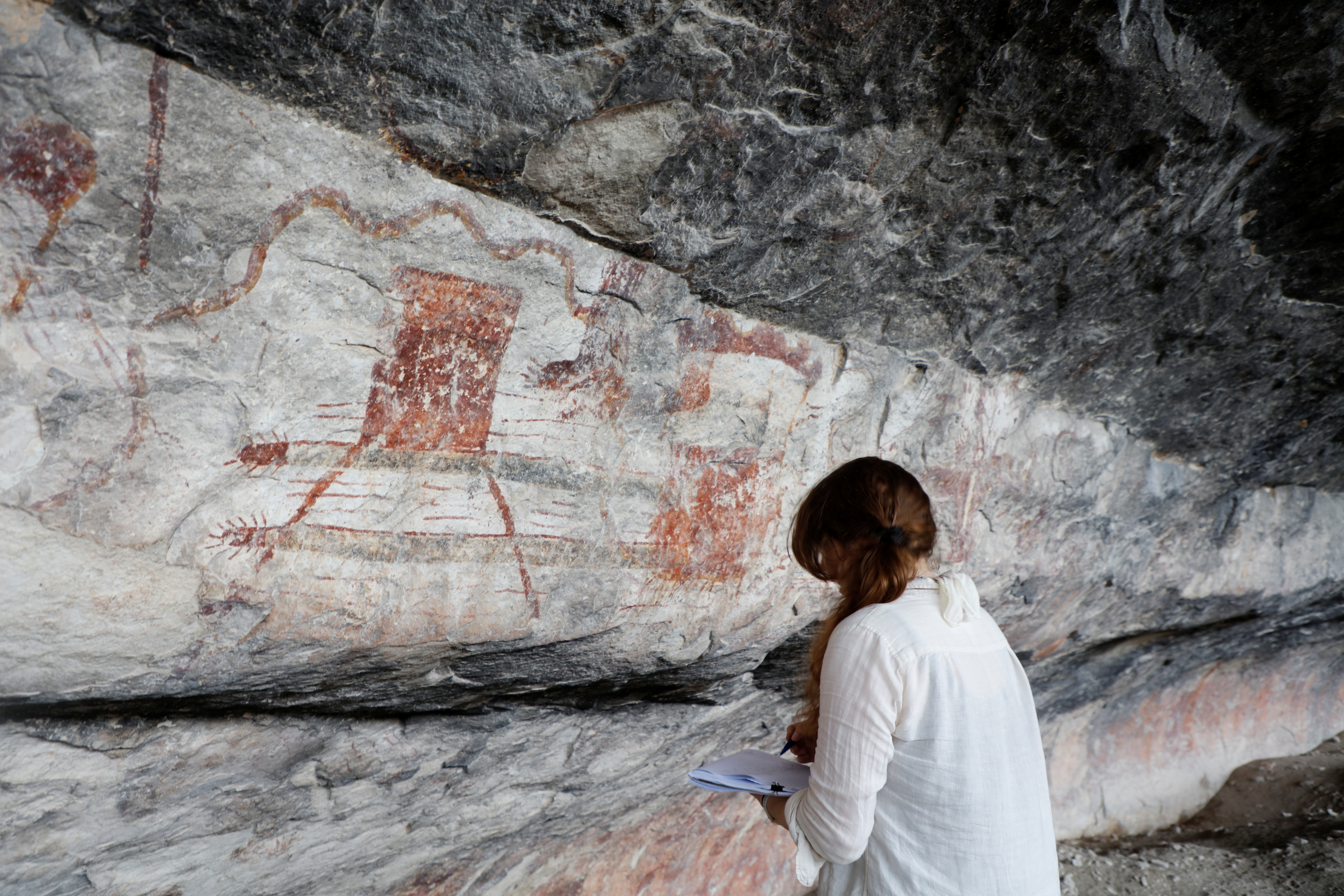Over the course of four millennia, Native American rock artists in southern Texas followed an unchanged set of conventions in order to portray a cosmovision that continues to be acknowledged by Indigenous groups across the Americas. Drawing upon an “established iconographic vocabulary”, the ancient artists in the Lower Pecos Canyonlands adhered to a particular set of motifs in order to create enormous murals depicting metaphysical concepts such as circular time and the separation of the universe into multiple layers.
The rest of this article is behind a paywall. Please sign in or subscribe to access the full content.
“These paintings may be the oldest surviving visual record of the same core cosmology that later shaped Mesoamerican civilizations and is manifested today throughout Indigenous America,” explained study author Carolyn Boyd in a statement seen by IFLScience. “They show that complex religious and philosophical thought arose among foragers long before the rise of cities and states.”
Known as the Pecos River style (PRS), the type of rock art found in the area includes human-like and animal-like images, arranged in enormous compositions that stretch for up to 30.5 meters (100 feet) in length. Radiocarbon dating conducted on 12 of these murals revealed that the earliest were created between 5,760 and 5,385 years ago, while the most recent were painted between 1,370 and 1,035 years ago.
In other words, the PRS remained consistent for over 4,000 years, as 175 successive generations of Indigenous painters continually returned to the same spot and created artworks that followed a fixed set of rules. For example, the application of color was always performed in a particular order, with black paint laid down first and left to dry before red tones were added, followed by yellow and eventually white.

The Pecos River style reflects a series of metaphysical beliefs shared by Indigenous cultures throughout the Americas.
Image courtesy of Shumla Archaeological Research & Education Center
The motifs used also remained consistent throughout this period, with the same inventory of designs employed over time. Explaining this remarkable regularity, study author Dr Karen Steelman told IFLScience that the PRS “is a visual language, not just pretty paintings on a wall.”
The various figures that appear repeatedly in these murals represent different aspects of what some scholars call a “pan-New World metaphysics,” which refers to a shared set of religious and philosophical ideas that spread through the Americas before the adoption of agriculture or the emergence of the first city-states. For instance, Steelman explained that one recurring motif appears to show “an arch with a portal, often with a human figure going through it, so it relates to this idea of a veil or a surface between the underworld and the above world.”

Motifs including human-like figures remained unchanged over 4,000 years.
Image credit: Steelman et al., Sci. Adv. 11, eadx7205, Illustration by Carolyn E. Boyd
And while these paintings stretch back almost 6,000 years, the cosmology they depict has provided the fundamental belief system for Indigenous American cultures across time and space – all the way up to the present day. For instance, Steelman described how a Huichol shaman who visited the site in the early 2000s was able to “call the names of all the figures… [recognizing] that the people who painted the paintings and his ancestors had common beliefs.”
“One of the questions we get is, which tribe painted these murals?” said Steelman. “Well, we don’t have a name for them because they lived five to six thousand years ago, but modern Indigenous tribes are the descendants of these people.”
The study is published in the journal Science Advances.
Source Link: Cyclical Time And Multiple Dimensions Seen in Native American Rock Art Spanning 4,000 Years Of History